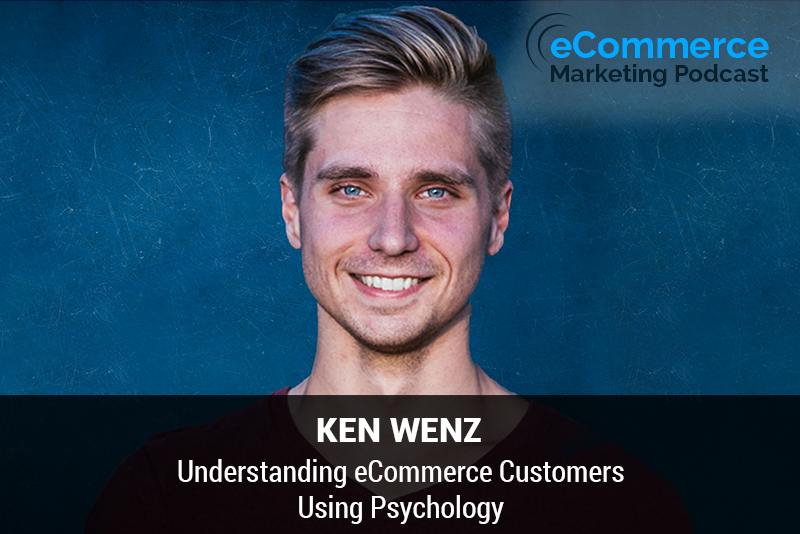
The eCommerce Marketing Podcast walks you through everything that goes into ecommerce marketing — from inbound marketing to paid advertising to conversions. Learn the strategies top marketing experts use to grow their businesses.
Marketing Strategies Revealed in this Episode:
- How do you get the attention and gain the trust of potential customers
- How do you positively influence the visitors evaluation of your product
- How to positively influence the visitors evaluation of your price
- How can you convince customers on the authenticity and worthiness of your product
- Psychological strategies that any ecommerce business can use to increase sales

Episode Title: Understanding eCommerce Customers Using Psychology with Ken Wenz
Guest: Ken Wenz, Expert in Online Sales Psychology
In this episode of the eCommerce Marketing Podcast, host Arlen Robinson speaks with Ken Wenz, an expert in online sales psychology from Germany. Ken shares his journey from studying biology to becoming a sales psychology expert, and provides insights on how eCommerce businesses can use psychological tactics to attract and convert customers. He discusses the importance of getting attention, building trust, and influencing initial evaluations to increase sales and conversion rates.
Key Takeaways:
- Introduction to Ken Wenz and His Background (00:01:00):
- Transition from biology to sales psychology.
- Application of psychological principles to improve online sales and conversion rates.
- Gaining Attention and Building Trust (00:06:00):
- Importance of faces in ads to capture attention.
- Use of colors and unusual product usage to stand out.
- Building trust through social proof, testimonials, authority endorsements, and quality seals.
- Influencing Initial Evaluation (00:12:00):
- Ensuring important information is easily accessible above the fold.
- Clear messaging and simple language to convey value and solve customer problems.
- Comparison with other products to highlight benefits and value.
- Convincing Customers of Authenticity and Value (00:19:00):
- Comparison with other products and justifying prices with additional value or quality.
- Emphasizing problem-solving and benefits in simple terms.
- Use of guarantees and trial periods to reduce perceived risk.
- Addressing Concerns About Sales Psychology (00:25:00):
- Ethical use of psychological tactics to benefit customers.
- Convincing customers of the value and benefits of the product.
- Ensuring transparency and authenticity in marketing efforts.
Guest Information:
- Name: Ken Wenz
- Position: Expert in Online Sales Psychology
- Contact:
- Email: [email protected]











